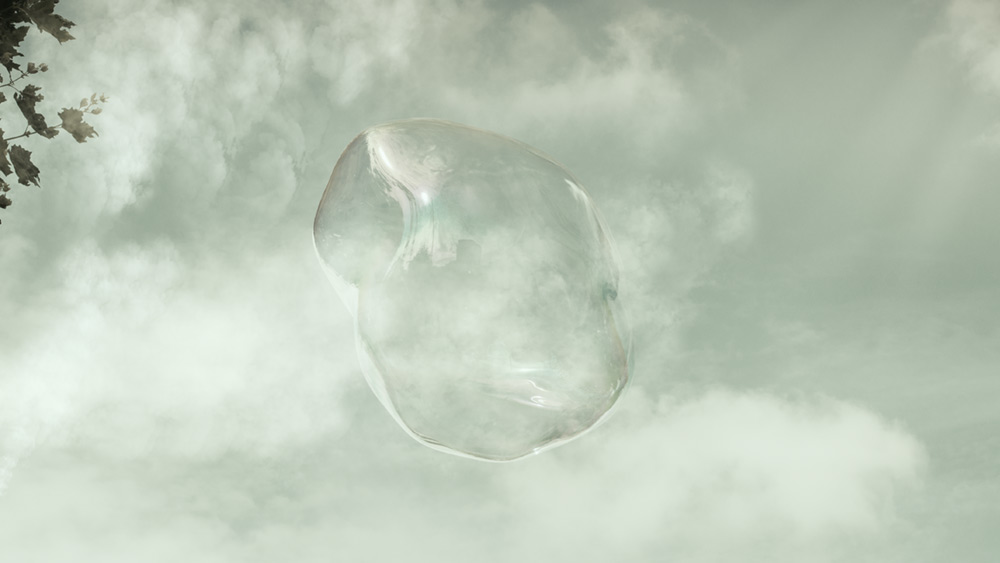By the late 1970s photography and video had become established as legitimate artists’ media, coinciding with the expansion of a body of semiotic and cultural interrogations of the entire photographic apparatus. Contrary to claims of its documentary ‘truth’, it was argued that the photograph was subject to aesthetic and ideological manipulation at every stage from production to presentation: ‘in camera’ (limited angle of vision, selective framing and focus), during printing (cropping and masking), and in the display context by which the viewer was captured in the frame. Thus, the seen/scene was inescapably linked to what was absent from it – the ‘unseen’ outside the frame, out of focus. Hence, as a ‘record’ of what is already absent, we can draw analogies between the photograph and the eyewitness, whose vision can only ever be partial, and history as an imperfect reconstruction from traces of the past, both of which become central preoccupations in Doherty’s work. Moreover, despite its seeming indexicality, the photograph remained surprisingly enigmatic, its horizon of meaning always in retreat from ones desire to grasp it as an (impossible) ‘real’ – an issue so effectively captured in Doherty’s images where the horizon is absent or inaccessible to the gaze. Hence the photograph was necessarily bound to a text – a caption or commentary – that ‘directed’ (or ‘misdirected’) its reading.
Doherty’s early use of textual overlays undermined this instrumentalisation of the photograph in several ways. The overlays in effect act as a partial screen that inhibits and hence frustrates the viewer’s desire for unmediated access to the image, which clearly has further implications in the context of what is knowable about Derry. Furthermore, although Doherty’s inscriptions may be compared to the strategy of predecessors like Hamish Fulton and Richard Long, his image-text relation rejected their romanticised view of the Irish landscape, setting in motion not only a more complex visual tension but also multiple associations: words and phrases that seem at first to be simply descriptive are found to be sourced from public statements and clichés alluding to a political ‘back story’. For instance, Dreaming, Believing and Waiting of 1988 and False Dawn from 1990 are visually encoded to connote ‘promise’ or ‘future’, and yet the texts belie such readings. These works followed the 1985 Anglo-Irish Agreement in which hope for political resolution became compromised by a frustrating cycle of ‘talks about talks’ that broke only with the ceasefires of 1994. Similarly, three panoramic views of city lights, Looking Back, The Road Ahead and Critical Distance, all 1997, were produced during the negotiations over what in 1998 would become the Good Friday (Belfast) Agreement, when again a mixture of hope and despair prevailed. Rather more uncertain allusions attach to the later Grey Days series of gelatine prints, 2007. Made during the same year as the official end of the Troubles, these grey zones are infused with the eerie stillness of suspended time. Like the muted colours of Creggan Shops and Gartan Square, 2013, they are tonally similar to earlier black and white images of the city’s more economically deprived neighbourhoods. Seen alongside the series of photographs originally shot in the 1980s or early 90s, but printed in 2012, the viewer may suspect that, behind the political rhetoric of urban regeneration, promises of a brighter future post-Troubles have yet to materialise.




